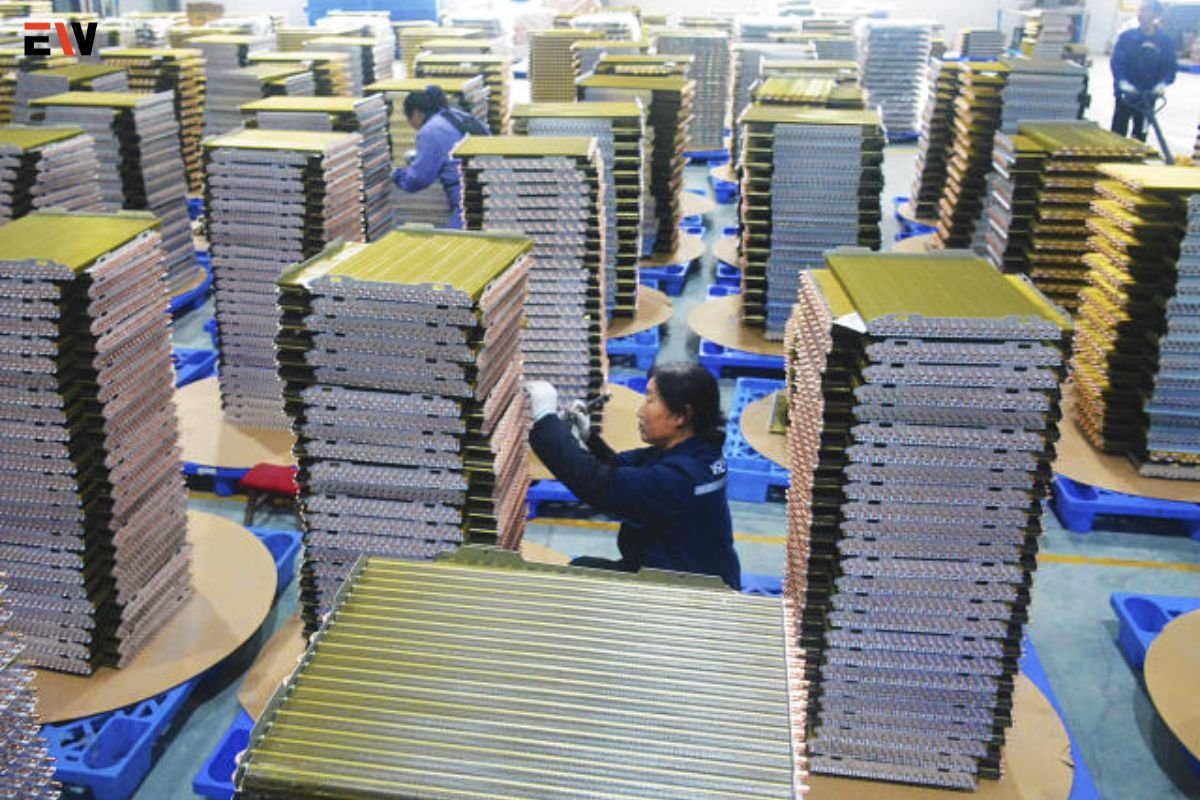China’s manufacturing sector faced a downturn for the fifth consecutive month in February, as indicated by the official manufacturing Purchasing Managers’ Index (PMI) released on Friday. The National Bureau of Statistics (NBS) reported a decrease from 49.2 in January to 49.1 in February, below the critical 50-mark that separates growth from contraction. The ongoing contraction underscores the challenges faced by China’s economy, intensifying the call for more substantial stimulus measures, especially as the parliament gears up for its annual meeting next week.
Lunar New Year Impact and Uneven Economic Recovery
Seasonal factors, including the Lunar New Year falling on February 10, contributed to China’s manufacturing weakness. Factories typically shut down during this period as workers return home for the holiday. Despite these seasonal factors, the Caixin/S&P Global survey, released shortly after the official PMI, depicted a steady expansion in manufacturing activity, with increased production and new orders. The contrasting PMIs highlight an uneven economic recovery, intensifying pressure on authorities to implement bolder stimulus measures and reforms for China’s long-term growth stability.
China’s Manufacturing Contracts for Fifth Consecutive Month
Persistent Contraction and Economic Concerns
China’s manufacturing official PMI has remained in contraction since March 2023, with only a brief exception in September of the previous year. Analysts, including Ting Lu, Chief China Economist at Nomura, anticipate the weak growth momentum to persist into March. Lu forecasts China’s first-quarter GDP growth to be 4.0% year-on-year, a notable slowdown compared to the 5.2% pace recorded in the fourth quarter of the previous year. As China faces internal challenges, such as a property crisis and consumer spending hesitation, external challenges, including global conflicts, further hamper the economic outlook.
Mixed Indicators and Future Policy Actions
While new export orders have contracted for 11 consecutive months, the official non-manufacturing PMI, encompassing services and construction, rose to 51.4 from 50.7 in January, marking its highest reading since September last year. However, construction activity saw a slight decline, signaling ongoing challenges in the property sector. Policymakers, acknowledging the need for further support, cut the reserve requirement ratio for banks on February 5, releasing substantial liquidity. Despite short-to-medium-term measures, analysts caution that structural issues could undermine China’s long-term growth potential, calling for a delicate balance in policy support.










